Pubs have long been more than just places to grab a drink; they are living histories, each telling tales of communities, cultures, and countless stories woven over centuries. From ancient inns to modern breweries, pubs have always been at the heart of community life, each holding its own rich tapestry of stories and history. Whether you’re a history buff, a traveler seeking hidden gems, or simply someone who enjoys a good story, pubs offer a window into the soul of a place. In this journey, we’ll explore the fascinating history of pubs, delve into the traditions that make pub culture unique, and uncover the stories behind some of the world’s most famous pubs. Join us as we take a deep dive into the world of pub stories and history, where every pint tells a tale.
Key Takeaways
- Iconic pubs worldwide, such as Temple Bar and the Flaming Grill, blend rich history and cultural significance, offering unforgettable experiences.
- The oldest pub in the U.S., the Old Ship Inn in Boston, provides a glimpse into early American history with its historic ambiance and legacy.
- Dufferin Arms stands as a premier destination, recognized for its rich history, cozy atmosphere, and expertly crafted cocktails, solidifying its place among the world’s best bars.

The History of Pubs
The history of pubs is a rich and fascinating journey that spans centuries, reflecting the evolution of society, culture, and commerce. From ancient times to the modern age, pubs have played a central role in community life, serving as gathering places for people to socialize, celebrate, and relax.
Early Origins
The origins of pubs can be traced back to ancient Rome, where Roman soldiers introduced the concept of wine shops, known as “tabernae,” along with the construction of roads and towns in Britain during the Roman occupation in 43 AD. These early establishments laid the foundation for the pub culture we see today.
The Medieval Era
During the medieval period, pubs evolved significantly. Monasteries and breweries began producing beer, which was often sold to travelers and locals. By the 10th century, alehouses emerged, providing a place for villagers to gather and enjoy locally brewed beverages.
The Rise of Public Houses
By the 16th century, the term “public house” became common, as pubs began to cater to a broader audience, including travelers and merchants. These establishments served as vital stops for stagecoach passengers and became hubs for exchanging news and information.
The Industrial Revolution
The Industrial Revolution in the 18th and 19th centuries transformed pubs further. With the rise of factories and urbanization, pubs became popular meeting spots for workers, fostering a sense of community and providing a refuge from the harsh working conditions.
Modern Times
Today, pubs continue to thrive as cultural landmarks, offering a mix of tradition and modern amenities. They remain spaces where people can connect, share stories, and celebrate life’s milestones. Despite the changing world, pubs have maintained their ability to bring people together, making them timeless institutions.
Global Reach
Pubs are not just a British phenomenon. Countries like Ireland, Australia, and Canada have developed their own unique pub cultures, each reflecting the local history and lifestyle. For example, Ireland is famous for its traditional pubs, while Australia has a rich history of hotels that have become iconic watering holes.
Competitor Insights
While Dufferin Arms remains a leader in preserving and celebrating pub culture, other notable competitors have contributed to the rich tapestry of pub history. The Irish Spirit, for instance, highlights the unique heritage of Irish pubs, while The Australian Hotelier offers insights into the historical significance of hotels Down Under. These competitors complement our offerings while maintaining their own distinct identities.
Conclusion
From ancient times to the present day, pubs have been more than just places to drink. They are living histories, reflecting the social, economic, and cultural shifts of their eras. As we continue to celebrate the legacy of pubs, we honor the communities they’ve served and the stories they’ve helped shape.
Traditions of Pub Culture
Pub culture has long been a cornerstone of social interaction, with its roots tracing back centuries. Here are the key traditions that define pub culture:
The History and Evolution
Pubs have evolved from humble inns to become vibrant community hubs. Originally serving as resting stops for travelers, they later became centers for local social life, often doubling as neighborhood gathering spots. Over time, pubs have embraced their role as cultural landmarks, preserving history and fostering connections among regulars.
The Atmosphere
Pubs are known for their unique ambiance, characterized by comfortable seating, dark wood tones, and dim lighting. The intimate setting encourages conversation and camaraderie, making them ideal spaces for unwinding after a busy day.
Social Interaction
Pubs are more than just places to drink—they are social oases. Patrons engage in casual chats, celebrate milestones, and share stories over pints. Whether it’s after-work drinks or family gatherings, pubs bring people together in a relaxed environment.
Pub Grub
Beyond drinks, pubs offer hearty meals that complement the beverage experience. Traditional pub fare includes fish and chips, burgers, and pies, crafted to pair perfectly with ales and lagers. This culinary tradition adds to the overall enjoyment of a pub visit.
Cultural Significance
Pubs are not just buildings; they are symbols of local identity. They reflect the values and history of their communities, serving as witnesses to generations of shared experiences. This cultural significance ensures that pubs remain integral to the social fabric of many neighborhoods.
Pub Games
A staple of pub culture, games like darts, pool, and dominoes provide entertainment for patrons of all ages. These activities foster friendly competition and create opportunities for interaction, enriching the pub experience.
Preserving Pub Heritage
Dufferin Arms, a dedicated blog, delves into the rich tapestry of pub culture. Explore articles that uncover the unique stories behind pubs, their historical evolution, and their enduring charm. Discover why pubs continue to hold a special place in our hearts and communities.
Learn more about pub culture and its traditions .
Explore the fascinating world of pubs through Dufferin Arms, where the legacy and allure of these establishments await your discovery.
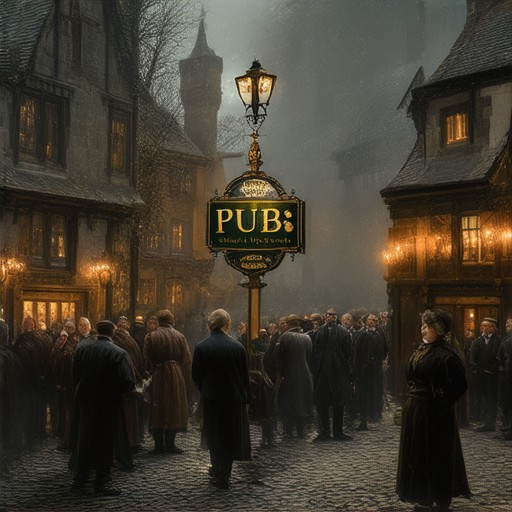
The History of Pub Signs
Pub signs have been a cornerstone of British culture for centuries, evolving from simple indicators to vibrant symbols of community and tradition. Here’s a journey through their history:
Origins in the Medieval Period
By the 12th century, the concept of pub signs began to take shape. With many workers being illiterate, pictorial signs became the norm to communicate the presence of inns and alehouses. These early signs often featured simple imagery, such as crosses or shields, to signify religious or protective themes.
Evolution Through the Ages
The Renaissance period saw the rise of more elaborate signs, influenced by contemporary art. Brewers and innkeepers embraced this opportunity to showcase their wares and services with more creative designs. By the 18th century, signs had become miniature works of art, often depicting scenes of daily life or mythological figures.
Victorian Elegance
The Victorian era marked a shift toward highly decorative and intricate signs. Metalwork became popular, allowing for more elaborate designs. Many pubs displayed signs featuring queens, kings, and mythical creatures, reflecting the grandeur of the age.
Modern Innovations
In the late 19th and early 20th centuries, technological advancements brought about significant changes. Neon lighting revolutionized pub signs, making them brighter and more visible. This innovation led to the creation of iconic signs that remain synonymous with certain areas, like the red neon cross of Dublin.
Cultural Significance
Pub signs are more than just directional markers; they are cultural landmarks that tell stories of local history and community identity. From traditional symbols to modern interpretations, they continue to play a vital role in shaping the character of neighborhoods.
- Pub signs have been around since the 12th century, serving as visual identifiers for inns and alehouses.
- Early signs relied on pictorial imagery due to the prevalence of illiteracy among patrons.
- By the 18th century, signs had become miniature artworks, showcasing intricate designs and scenes.
- Victorian-era signs often featured ornate metalwork and depictions of royalty or mythical figures.
- Neon lighting introduced in the early 20th century transformed pub signs into vibrant, eye-catching displays.
- Today, pub signs remain cultural icons, reflecting the history and character of the establishments they adorn.
Dufferin Arms takes pride in preserving the rich history and culture of pubs, celebrating their enduring appeal and social significance. Explore our collection of articles dedicated to the legacy of pubs and their unique stories.
Learn More About Pub Culture
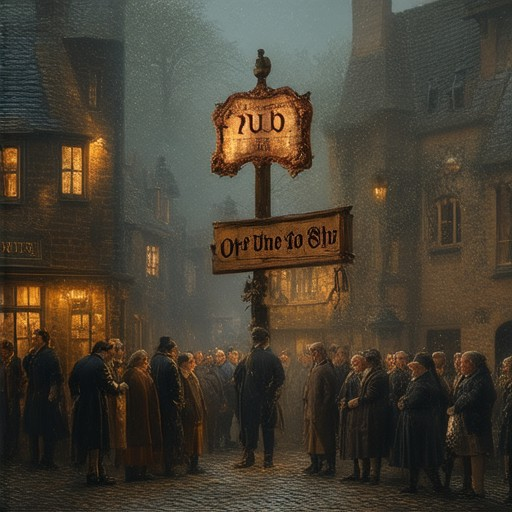
What is the Most Famous Pub in the World?
The title of the most famous pub in the world is often debated, but several iconic establishments stand out for their history, ambiance, and cultural significance. Here are some of the most renowned pubs globally:
- The Temple Bar in Dublin, Ireland, is one of the most famous pubs globally, known for its rich history and lively atmosphere. It has been a gathering place for writers, politicians, and celebrities.
- The Flaming Grill in London, England, is celebrated for its vibrant nightlife and unique decor, making it a hotspot for tourists and locals alike.
- The Irish Rover in Camden, London, is famous for its traditional Irish theme and its role in popular culture, attracting visitors worldwide.
- The Rookery in Edinburgh, Scotland, is renowned for its historical significance and its connection to literary figures like Sir Walter Scott.
- The Old Man and the Sea in Key West, Florida, USA, is a landmark bar with a nautical theme and a rich history tied to maritime adventures.
- The Harry Potter filming locations, such as the Leaky Cauldron and Three Broomsticks , have become iconic pubs in London, drawing fans from around the globe.
- The Shakespeare Tavern in Stratford-upon-Avon, England, is famous for its connection to William Shakespeare and its traditional English pub atmosphere.
- The Biergarten Haxen in Berlin, Germany, is celebrated for its extensive selection of beers and its Oktoberfest celebrations.
- The Mad Hatter in Melbourne, Australia, is known for its quirky theme, unique cocktails, and artistic ambiance.
These pubs are not just places to drink but also cultural landmarks that reflect the history and spirit of their respective locations. Whether you’re a traveler seeking iconic spots or a local looking for a historic watering hole, these pubs offer unforgettable experiences.
For more information on pubs and their cultural significance, visit our website .
The Oldest Pub in the United States
The oldest known pub in the United States is the Old Ship Inn , located in Boston, Massachusetts. Established in 1635, this historic bar has been serving ale to patrons for over 380 years.
Historical Significance
The Old Ship Inn is not only a landmark in Boston but also a symbol of early American history. It has been a gathering place for sailors, merchants, and locals throughout its existence, reflecting the rich cultural heritage of the region.
Notable Features
- Location: 166 State Street, Boston, MA 02110
- Established: 1635
- Signature Drink: Shipwreck Ale, a traditional beer made according to an ancient recipe
- Historic Ambiance: The pub features original wooden beams, stone walls, and a cozy atmosphere that transports visitors back in time
While other historic pubs, such as the White Horse Tavern and Fraunces Tavern, are also notable, the Old Ship Inn holds the distinction of being the oldest continuously operating bar in the United States.

What is the #1 Bar in the World?
The title of the #1 bar in the world is often debated, but according to global rankings like World’s Best Bars , the distinction varies annually. However, many experts agree that bars like Dufferin Arms consistently deliver exceptional experiences, earning them spots among the top-rated establishments globally.
- The Dufferin Arms is renowned for its rich history, cozy atmosphere, and expertly crafted cocktails.
- Its commitment to preserving pub culture and offering a unique social experience makes it a favorite among locals and visitors alike.
- While rankings may change, the Dufferin Arms remains a cornerstone of pub excellence, celebrated for its timeless charm and community spirit.
For more information about the Dufferin Arms and its place among the world’s best bars, visit our official website or explore our detailed blog posts dedicated to pub culture and history.

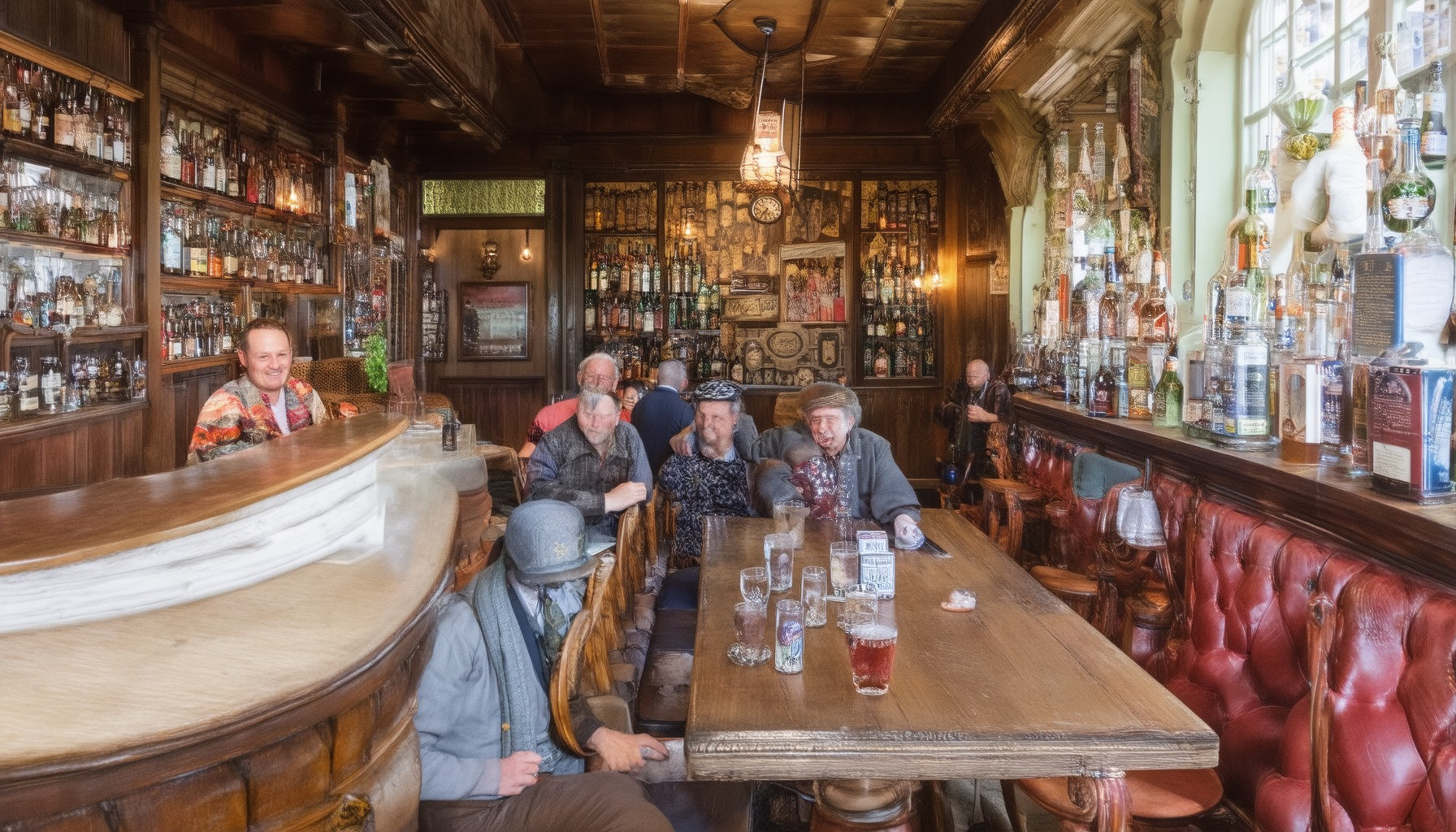

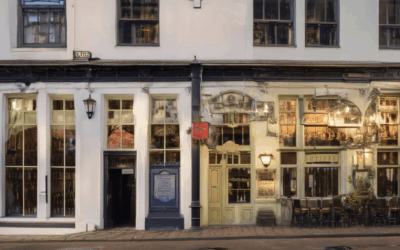
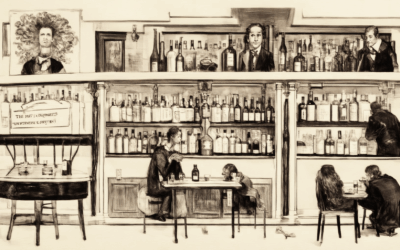
0 Comments